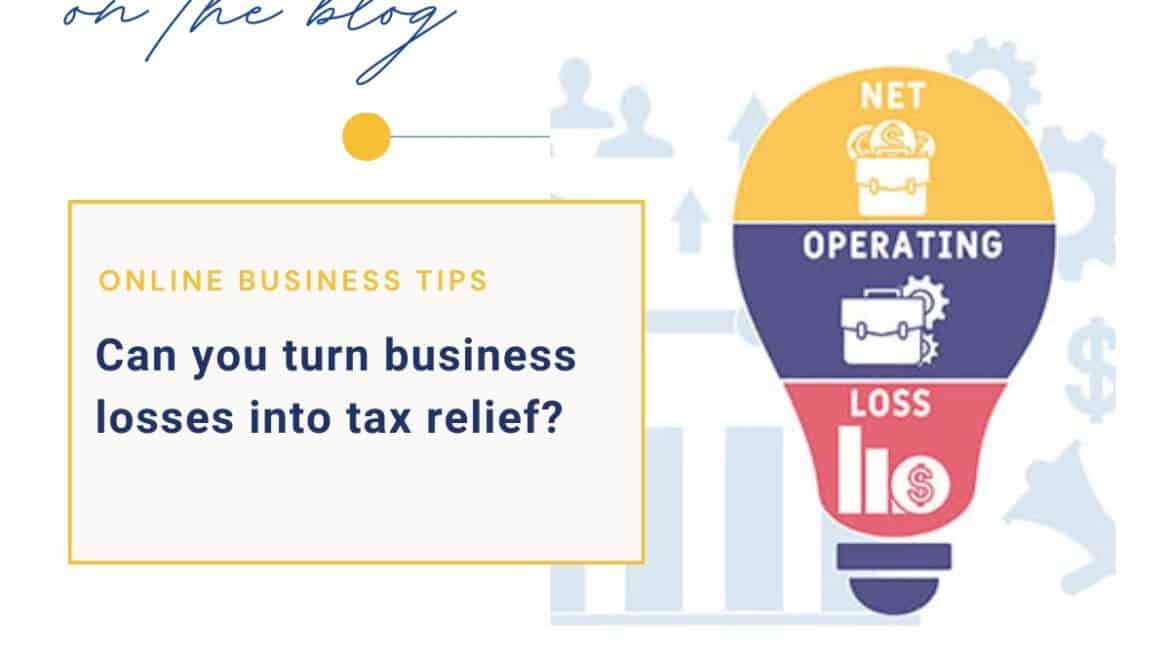In baseball, the triple play is a high-impact defensive feat that knocks the competition out of the inning. In business, you have your own version — three key financial statements that can give you a competitive edge by monitoring profitability, liquidity and solvency.
First base: The income statement
The income statement (also known as the profit and loss statement) shows revenue, expenses and earnings over a given period. It’s like an inning-by-inning scoreboard of your operations. While many people focus on the bottom line (profits or losses), it pays to dig into the details.
A common term used when discussing income statements is “gross profit,” or the income earned after subtracting the cost of goods sold from revenue. Cost of goods sold includes the cost of labor, materials and overhead required to produce or acquire a product. Another important term is “net income.” This is the income remaining after all expenses (including taxes) have been paid.
Also, investigate income statement trends. Is revenue growing or declining? Are variable expenses (such as materials costs, direct labor and shipping costs) changing in proportion to revenue? Are you overwhelmed by fixed selling, general and administrative expenses (such as rent and marketing costs)? Are some products or service offerings more profitable than others? Evaluating these questions can help you brainstorm ways to boost profitability going forward.
Second base: The balance sheet
The balance sheet (also known as the statement of financial position) provides a snapshot of the company’s financial health. This report tallies assets, liabilities and equity at a specific point in time. It provides insight into liquidity (whether your company has enough short-term assets to cover short-term obligations) and solvency (whether your company has sufficient resources to succeed over the long term).
Under U.S. Generally Accepted Accounting Principles (GAAP), assets are usually reported at the lower of cost or market value. Current assets (such as accounts receivable and inventory) are reasonably expected to be converted to cash within a year, while long-term assets (such as plant and equipment) have longer lives. Similarly, current liabilities (such as accounts payable) come due within a year, while long-term liabilities are payment obligations that extend beyond the current year or operating cycle.
Intangible assets (such as patents, customer lists and goodwill) can provide significant value to a business. But internally developed intangibles aren’t reported on the balance sheet; instead, their costs are expensed as incurred. Intangible assets are only reported when they’ve been acquired externally.
Owners’ equity (or net worth) is the extent to which the book value of assets exceeds liabilities. If liabilities exceed assets, net worth will be negative. However, book value may not necessarily reflect market value. Some companies may provide the details of owners’ equity in a separate statement called the statement of retained earnings. It details sales or repurchases of stock, dividend payments and changes caused by reported profits or losses.
Third base: The statement of cash flows
The cash flow statement shows all the cash flowing in and out of your company. For example, your company may have cash inflows from selling products or services, borrowing money, and selling stock. Outflows may result from paying expenses, investing in capital equipment and repaying debt.
Typically, cash flows are organized on this report under three categories: operating, investing and financing activities. The bottom of the statement shows the net change in cash during the period. Watch your statement of cash flows closely to gauge your business’s liquidity. To remain in business, companies must continually generate cash to pay creditors, vendors and employees — and they must remain nimble to respond to unexpected changes in the marketplace.
What’s your game plan?
Financial reporting is more than an exercise in compliance with accounting rules. Financial statements can be a valuable management tool. However, many business owners focus solely on the income statement without monitoring the other bases. That makes operational errors more likely.
Play smart by keeping your eye on all three financial statements. We can help — not only by keeping score — but also by analyzing your company’s results and devising strategic plays to put you ahead of the competition. To learn more contact your Smolin representative.








